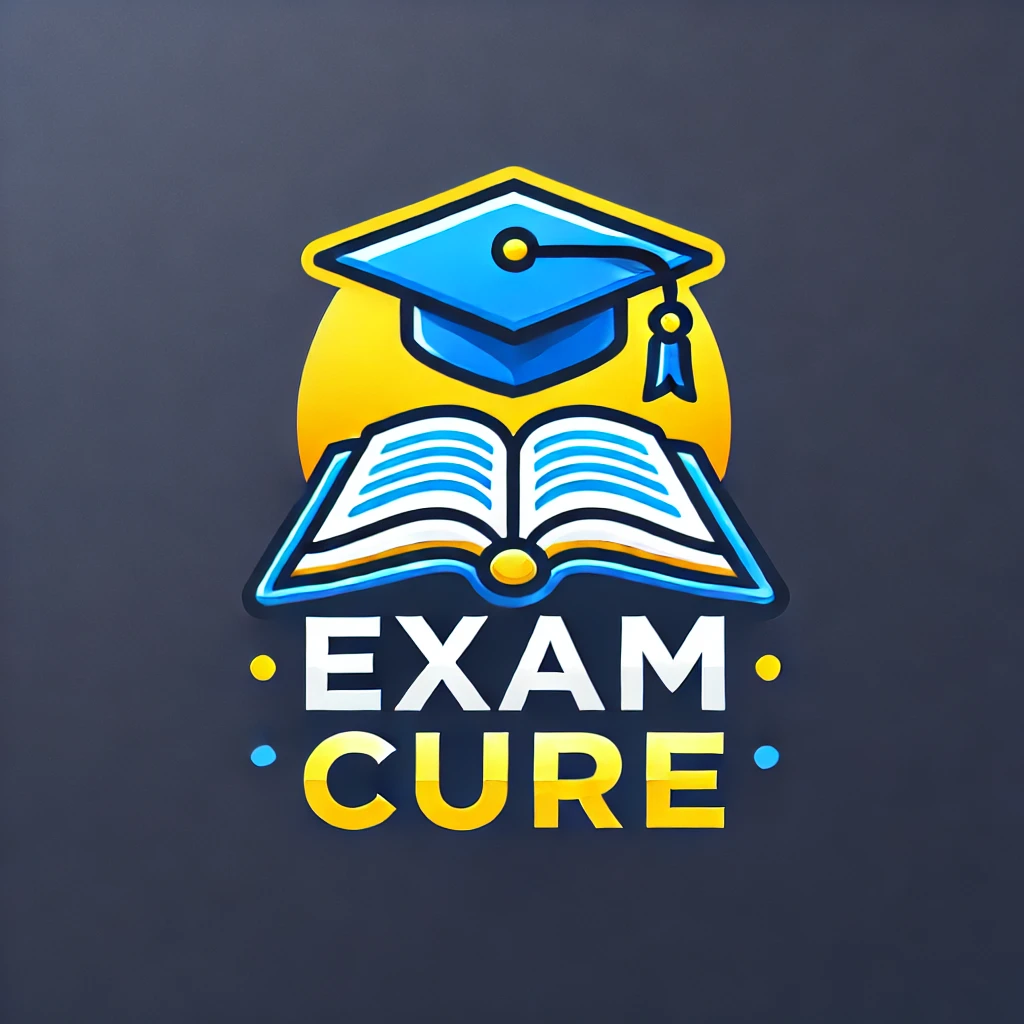📢 Are you preparing for the Saudi Nursing Licensing Exam (SNLE)? Test your knowledge with these 10 FREE SNLE-style multiple-choice questions (MCQs). Challenge yourself before checking the answer key and explanations at the end!
This quiz covers high-yield topics like pharmacology, medical-surgical nursing, maternity, pediatrics, and critical care to help you assess your readiness for the SNLE.
✅ Instructions:
Read each question carefully
Choose the best answer
Don't scroll down until you've attempted all questions!
📌 SNLE Practice Questions (Try First Before Checking Answers!)
1. A nurse is caring for a patient with chronic kidney disease (CKD). Which dietary recommendation should the nurse provide?
A) Increase potassium-rich foods like bananas and oranges
B) Limit protein intake to reduce kidney workload
C) Encourage high phosphorus foods for bone health
D) Increase sodium intake to compensate for fluid loss
2. Which of the following is the first-line drug for treating anaphylaxis?
A) Diphenhydramine
B) Epinephrine
C) Hydrocortisone
D) Albuterol
3. A nurse is monitoring a patient receiving digoxin for heart failure. Which of the following findings suggests digoxin toxicity?
A) Tachycardia and dry skin
B) Nausea, blurred vision, and bradycardia
C) Hypertension and diaphoresis
D) Peripheral edema and increased urine output
4. A postpartum woman reports severe perineal pain and swelling. The nurse notes a firm, tender, bluish mass in the perineal area. What is the most likely cause?
A) Uterine atony
B) Perineal hematoma
C) Endometritis
D) Episiotomy dehiscence
5. A patient with asthma is prescribed albuterol. What is the most common side effect the nurse should monitor for?
A) Bradycardia
B) Hypoglycemia
C) Tremors and tachycardia
D) Drowsiness
6. Which isolation precaution is required for a patient with Clostridium difficile (C. diff) infection?
A) Airborne precautions
B) Contact precautions with soap and water handwashing
C) Droplet precautions
D) Standard precautions only
7. A nurse is assessing a newborn with jaundice. What is the primary reason for neonatal jaundice in the first few days of life?
A) Bacterial sepsis
B) Liver failure
C) Immature liver enzyme function
D) Vitamin K deficiency
8. A patient with diabetic ketoacidosis (DKA) has a blood glucose level of 550 mg/dL, Kussmaul respirations, and confusion. What is the first treatment priority?
A) Administer regular insulin IV
B) Administer IV fluids with normal saline
C) Provide sodium bicarbonate for acidosis
D) Give potassium supplements immediately
9. A nurse is teaching a patient about warfarin (Coumadin). Which food should the patient avoid?
A) Bananas
B) Green leafy vegetables
C) Apples
D) Rice
10. A nurse is administering a blood transfusion. Which action is the most important to prevent a transfusion reaction?
A) Infuse the blood slowly for the first 30 minutes
B) Check the patient’s blood type and crossmatch before transfusion
C) Monitor for fever and chills during the transfusion
D) Use a larger IV catheter to prevent hemolysis
📌 Answer Key & Explanations (Check After Attempting!)
1. Correct Answer: B) Limit protein intake to reduce kidney workload
🔹 Explanation: Excessive protein intake increases nitrogenous waste, worsening kidney function in CKD patients. A controlled protein diet reduces kidney strain.
2. Correct Answer: B) Epinephrine
🔹 Explanation: Epinephrine is the first-line drug for anaphylaxis, as it reverses airway constriction, hypotension, and histamine release.
3. Correct Answer: B) Nausea, blurred vision, and bradycardia
🔹 Explanation: Digoxin toxicity presents with nausea, vomiting, blurred vision (yellow halos), and bradycardia due to its effect on cardiac conduction.
4. Correct Answer: B) Perineal hematoma
🔹 Explanation: A perineal hematoma presents as severe pain, swelling, and a bluish or purplish mass, often caused by birth trauma.
5. Correct Answer: C) Tremors and tachycardia
🔹 Explanation: Albuterol, a beta-2 agonist, commonly causes tachycardia, tremors, and nervousness due to sympathetic activation.
6. Correct Answer: B) Contact precautions with soap and water handwashing
🔹 Explanation: C. difficile spores are resistant to alcohol-based hand sanitizers; proper hand hygiene requires soap and water.
7. Correct Answer: C) Immature liver enzyme function
🔹 Explanation: Physiological jaundice occurs due to immature hepatic enzymes, leading to a temporary inability to process bilirubin effectively.
8. Correct Answer: B) Administer IV fluids with normal saline
🔹 Explanation: Fluid resuscitation is the first-line treatment in DKA to restore intravascular volume before insulin therapy.
9. Correct Answer: B) Green leafy vegetables
🔹 Explanation: Green leafy vegetables (e.g., spinach, kale) are high in vitamin K, which can interfere with warfarin’s anticoagulant effect.
10. Correct Answer: B) Check the patient’s blood type and crossmatch before transfusion
🔹 Explanation: Blood type verification is the most critical step to prevent life-threatening hemolytic reactions.
🎯 How Did You Score?
✅ 8-10 Correct: You’re SNLE-ready! Keep up the great work!
✅ 5-7 Correct: Review weak areas and keep practicing!
✅ <5 Correct: Time to study key concepts and take more practice tests!
📥 Want More Practice? Download Our Full SNLE MCQs Bank!
🔗 Get 1000+ SNLE Questions with Full Explanations
📢 Share this quiz with fellow SNLE candidates & challenge them! 🚀

